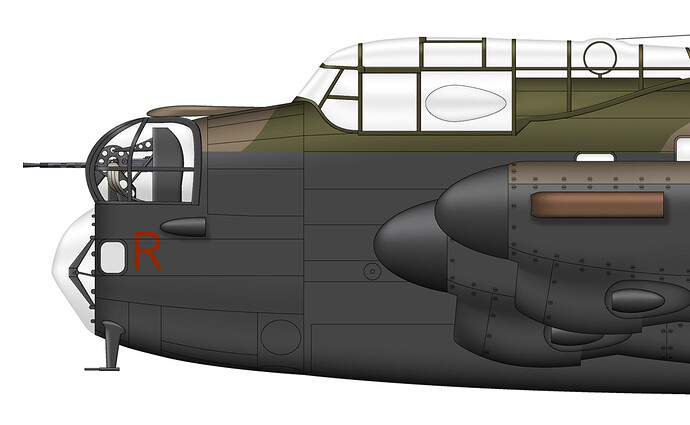The Avro Lancaster entered service with the RAF in 1942 and became one of the most successful night bombers of the war. The Lancaster was also used by Argentina, Australia, Canada, Egypt, France, New Zealand, and No 300 Polish Squadron.
There were several adaptations of the Lancaster including the Upkeep ‘bouncing bomb’ special for the Dambuster raid, and versions made to carry the Tallboy and Grand Slam bombs.
The Lancaster was armed with 8 x 7.7 mm machine guns in 3 turrets, and 14,000 lb of bombs as standard. A single Tallboy bomb of 12,000 lb, Grand Slam of 22,000 lb, or Upkeep of 9,250 lb were carried in the Special versions.
BI of the Argentine Air Force 1948.

BI of 12 Squadron RAF 1942.




 Ongoing modifications and upgrades will appear as I get time…
Ongoing modifications and upgrades will appear as I get time…








